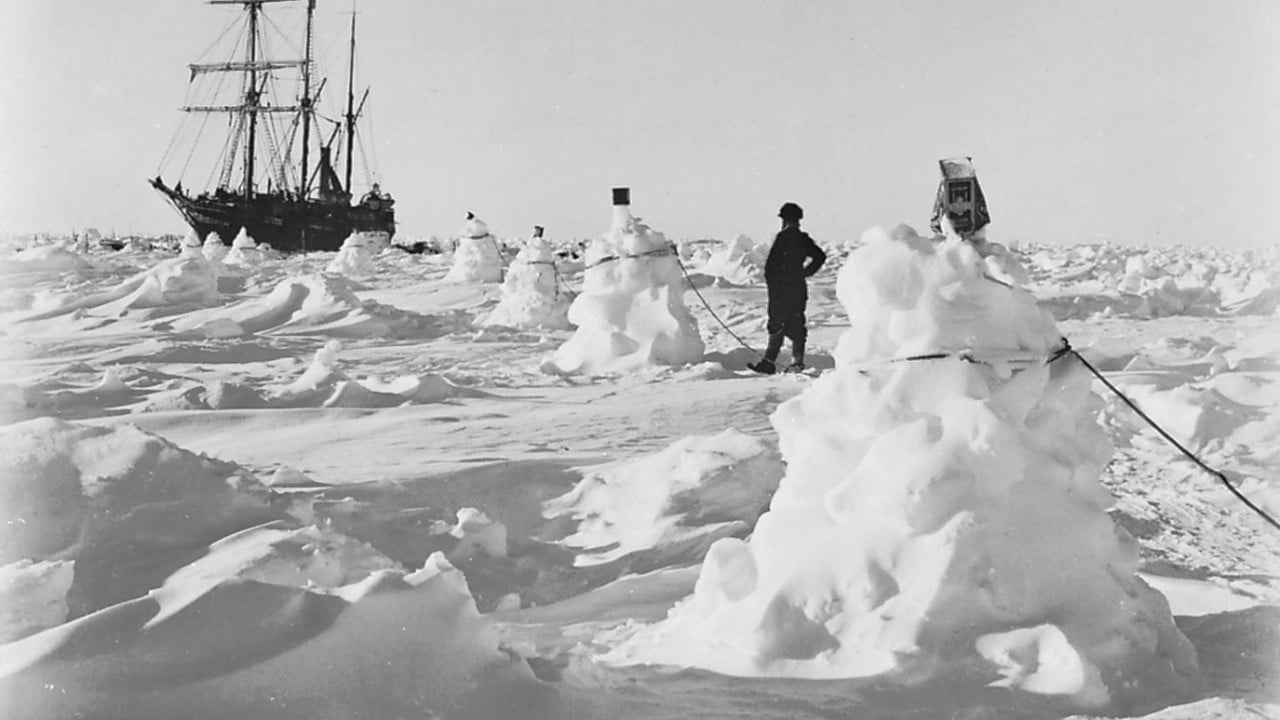


A modern reader cannot help but be struck by the technological differences between that time and this. I had read Alfred Lansing's book, Endurance: Shackleton's Incredible Voyage published by Carroll and Graf, in its first edition several years ago, and found his storytelling to be somehow even more gripping than the illustrated new accounting, but that may have been because I didn't know the whole story in advance. The ultimate rescue was accomplished only after Shackleton had navigated by stars and sextant the largest of the lifeboats 800 miles through frigid and stormy waters to South Georgia Island. In August 1914, days before the outbreak of the First World War, the renowned explorer Ernest Shackleton and a crew of twenty-seven set sail for the South Atlantic in pursuit of the last unclaimed.

COLLECTORS EDITION.) By: Caroline Alexander. The Endurance thrillingly recounts one of the last great adventures in the Heroic Age of exploration-perhaps the greatest of them all. When the ice eventually broke up during the following spring, three small lifeboats were sailed two hundred miles to Elephant Island. The Endurance: Shackletons Legendary Antarctic Expedition (SIGNED. Their ship, The Endurance, was trapped and eventually crushed by ice, marooning the men. This well-written and beautifully-produced volume tells a story of hardship, courage, and ultimate triumph that is hard to top. This year's exhibit at the American Museum of Natural History of artifacts from the 1915 scientific expedition to Antarctica led by Sir Ernest Shackleton has been accompanied by the publication of Caroline Alexander's book, which includes the documenting photographs of Frank Hurley (some of which could be seen on the Museum's Web site).


 0 kommentar(er)
0 kommentar(er)
